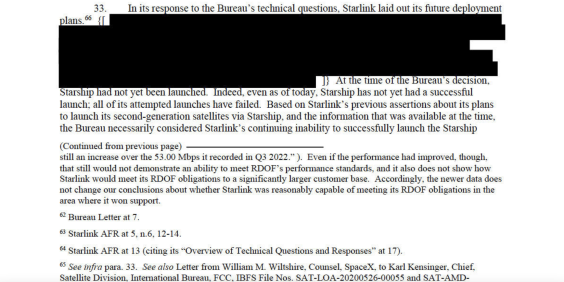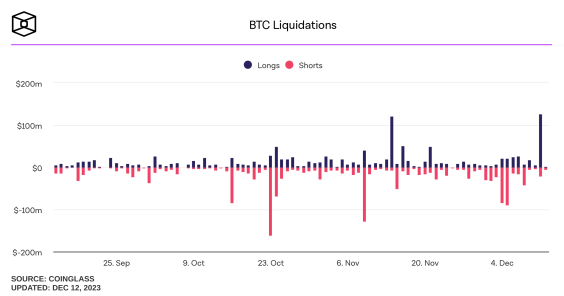This is not investment advice. The author has no position in any of the stocks mentioned. Wccftech.com has a disclosure and ethics policy.
Average Revenue Per User, abbreviated as ARPU, is one of the most important metrics for large social media companies like Facebook, Twitter, Snap, and Pinterest. Its definition is just as it sounds - total quarterly revenue divided by average user count. In short, ARPU is how much revenue a company makes per user.
Remember, this is quarterlyrevenue, so take ARPU and multiply that figure by 4 to get a nice yearly sum. Of course, Facebook (NASDAQ:FB) takes in different ARPUs for different geographies, i.e. it makes more per American user versus its global average, but more on that in a bit.
It is good to explore ARPU and where the big technology companies fall on the scale. Remember, while social media services are free for users, they exist to make money. ARPU is a very concise benchmark of how successful these firms are at accomplishing what their shareholders want to see: maximum profits. Its why the all-important daily and monthly user count are scrutinized by investors and analysts on each quarterly earnings call.
Ads help Facebook dominate the field in revenue per user
The company just wrapped up its third-quarter earnings (link here) and its financial results were strong, to say the least. Its ARPU for Q3 hit $7.19 dollars per monthly user. Back that up a bit, we're looking at $17.6 billion revenue and 2.45 billion users.
Facebook is currently the king of ARPU due to its dominance in ads. Users on Facebook's platform (including Instagram) are simply willing to deal with more ads on Zuck's platforms. There is a growing number of United States politicians who view Facebook's position as a potentially monopolistic one, arguing that both ad-sellers and users have few to none alternatives. Higher-than-average ads per user would seem to support this argument. However, we can leave the politics to others.
Now that earnings season has wrapped up for Q3, here's how the major players stack up:
3Q 2019 Revenue Per User (Global Average)
Snap
0
2
4
6
8
10
12
0
2
4
6
8
10
12
USD $ 7
5
2
0
Note: Twitter (NYSE:TWTR) doesn't publish its ARPU, but some simple calculations involving its public revenue and user count give us our figure of $5.68 ARPU. This figure comes courtesy of analysts at Canaccord Genuity.
Facebook posted a 19% growth in ARPU versus a year ago, which is simply stunning considering #DeleteFacebook was a common hashtag all throughout 2018 and into this year.
The reason for this is advertisers simply get a better return on their investment. Facebook users are more likely to click their ads versus similar ads they might run on Snap Inc's (NYSE:SNAP) Snapchat platform or on Pinterest. However, there's more that goes into this behind the scenes. Facebook is an advertising company, and its secret sauce is the optimized algorithms that get the right ads to the right people. Cynics may argue that Facebook is a data company, and sells user data as a core pillar of its business, but I will leave that for another day.
In fact, that's a huge slice of the workload when it comes to companies like Snap Inc. Snap's ARPU in 2018 was hovering in the $1+ range for most of 2017 and 2018. Then it announced earlier this year it was restructuring how it sold ads, and now its ARPU is north of $2. Succesful social media platforms will both drive user growth but also figure out a way to sell more, higher-priced ads due to platform optimization.

With strong ad revenue per user, Facebook has come through with the other major variable to its revenue numbers, user count. Despite all the political backlash over the last few years, its user retention is outstanding. Its 2.45 billion monthly active users are good for an 8% increase versus Q3 2018.
Facebook Inc has a brutal one-two punch consisting of its Facebook platform alongside its picture and video sharing app, Instagram. User engagement (time spent eyes on-screen) combined between the two beats everyone else in the world. Users may get tired of scrolling IG feeds and switch to Facebook's feed, which doubles their exposure to ads for the very same company. Twitter, Snapchat, and Pinterest don't have the same luxury.
It shows in the ARPU!
Case in point: earlier this year, Pinterest (NYSE:PINS) went public with its IPO. (Coverage here). Sentiment was high and the stock performed well this year, by mid-August shares had reached $36, good for a 50% gain from its $19 IPO price.
However, shares tanked 20% today after disappointing in advertising revenue. While the platform boasted 322 million active monthly users (versus 311 million expected), it came up short on ARPU.













